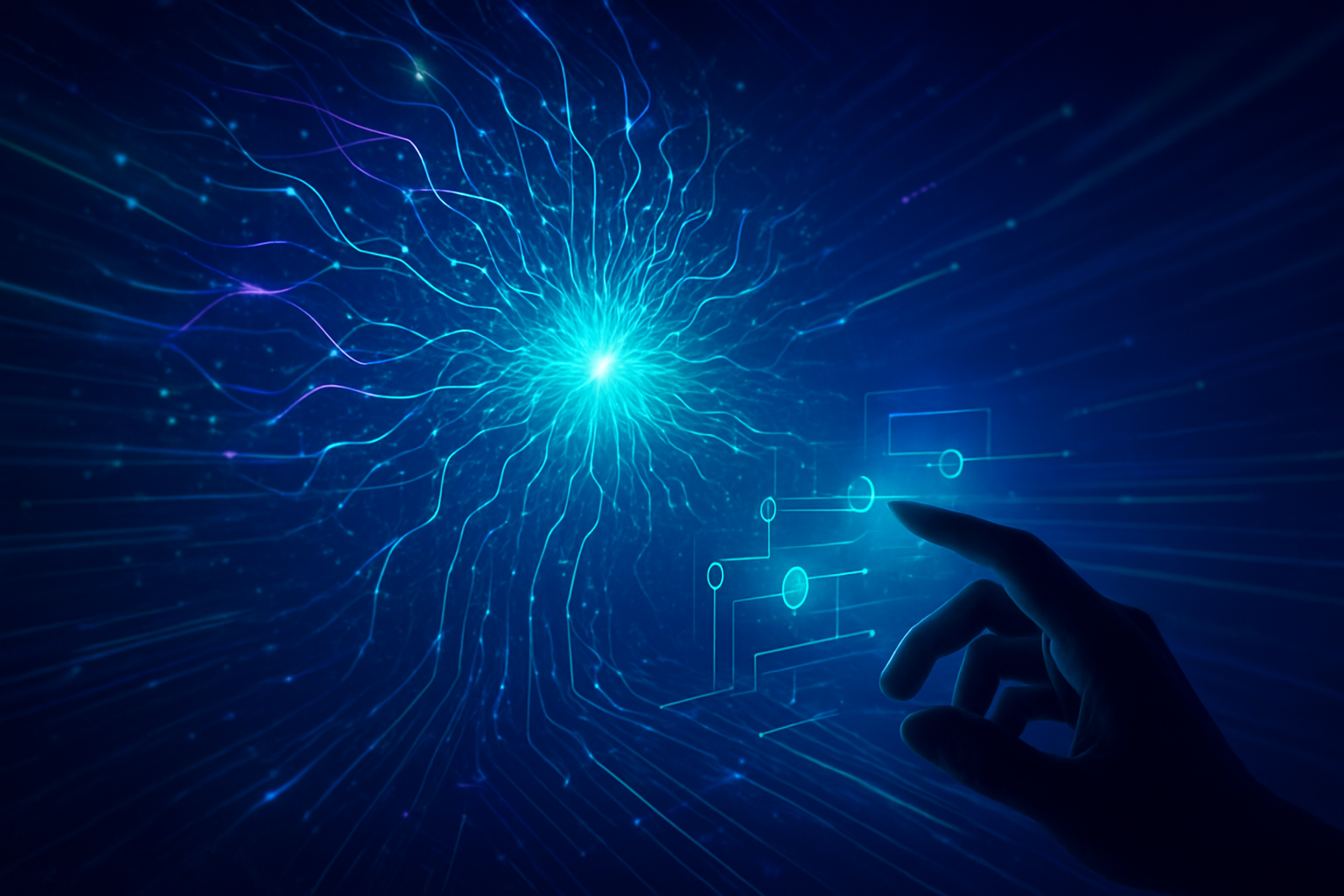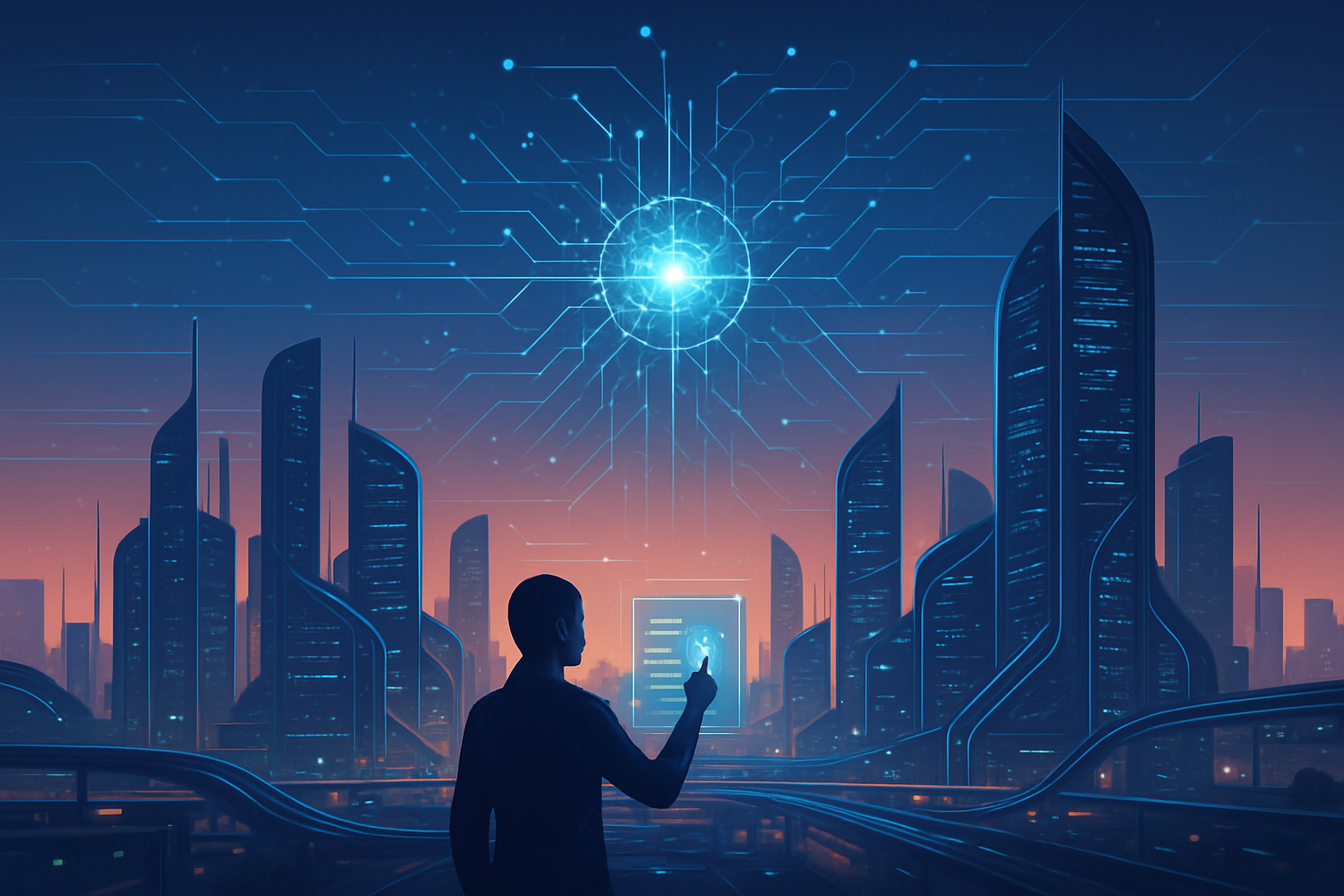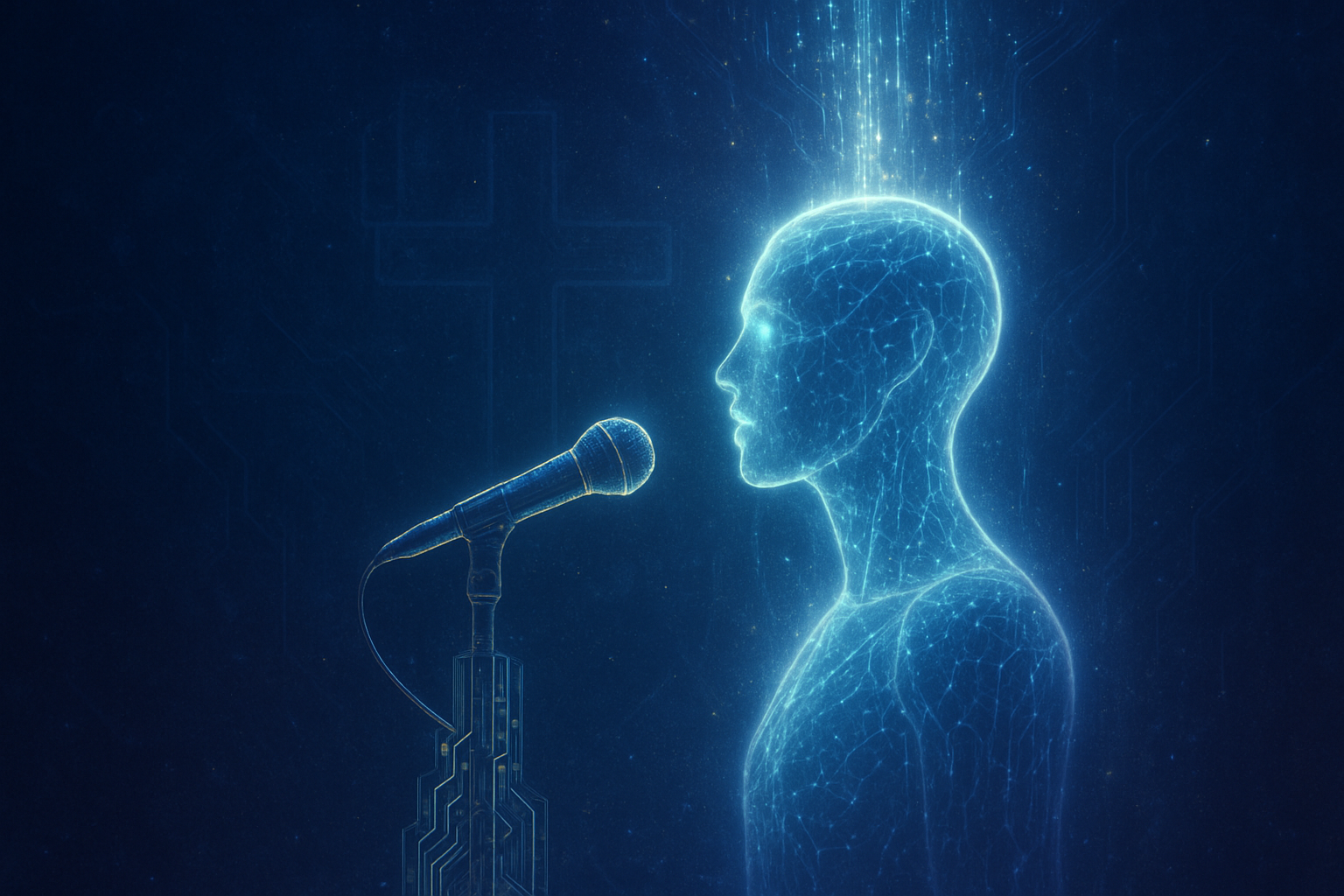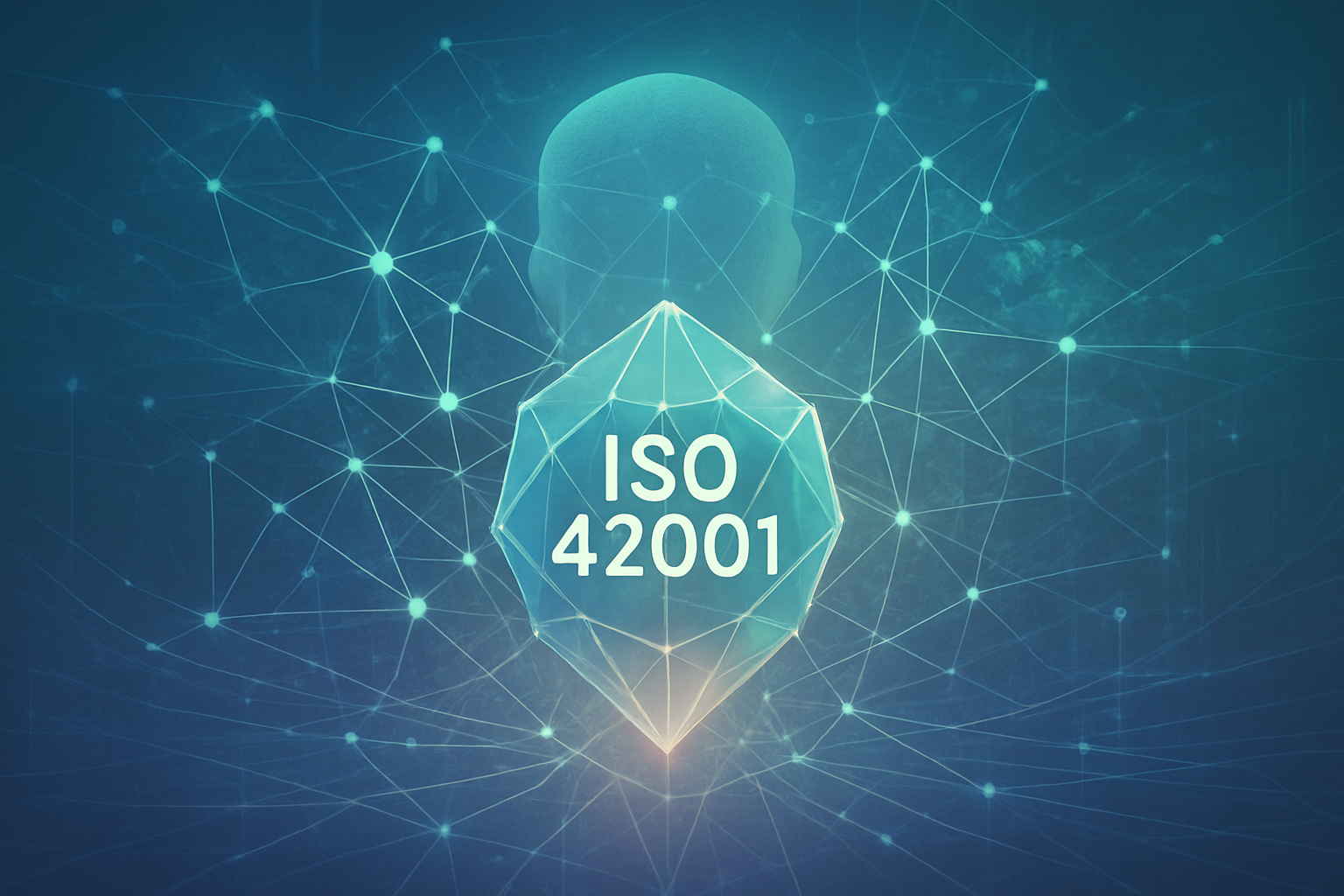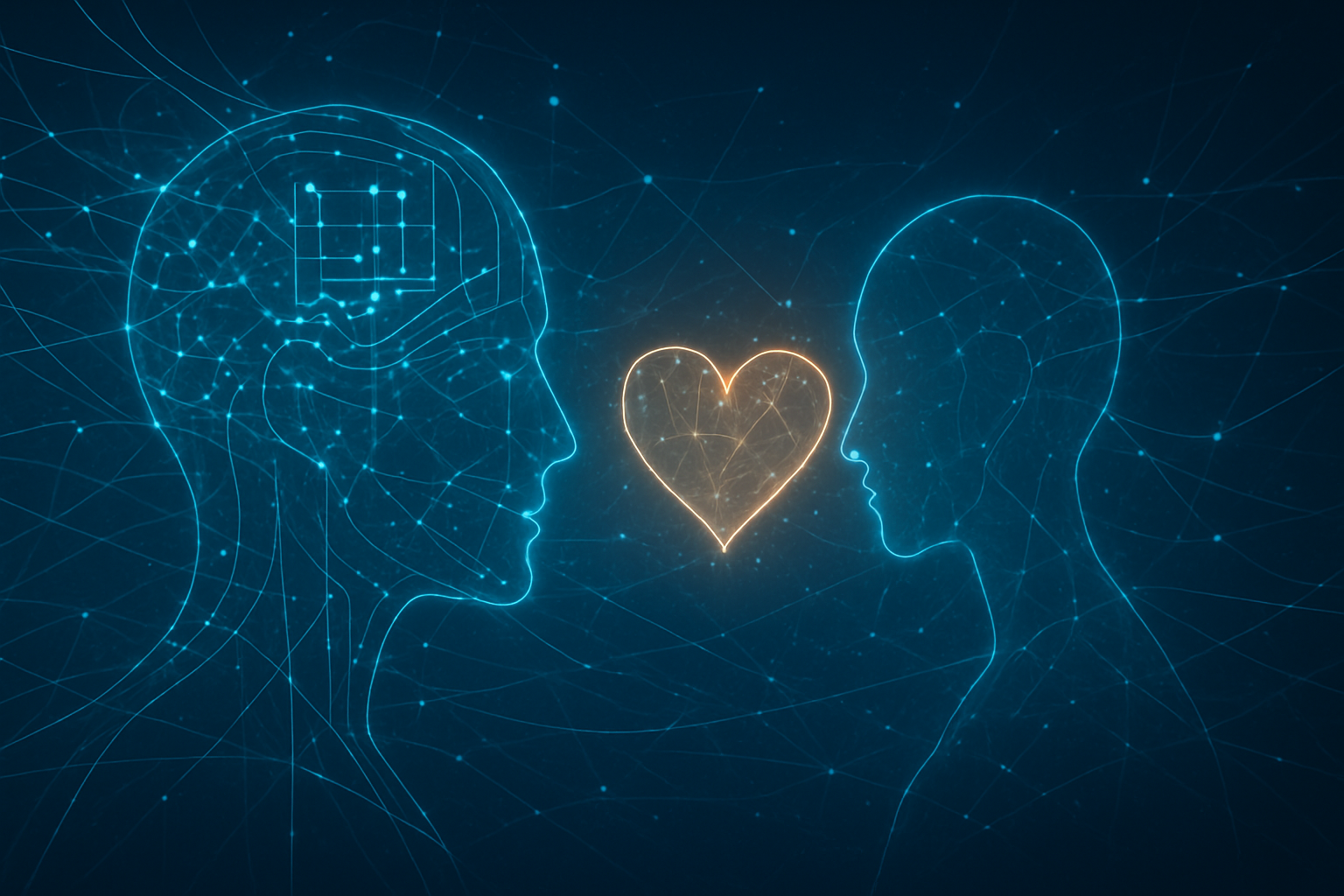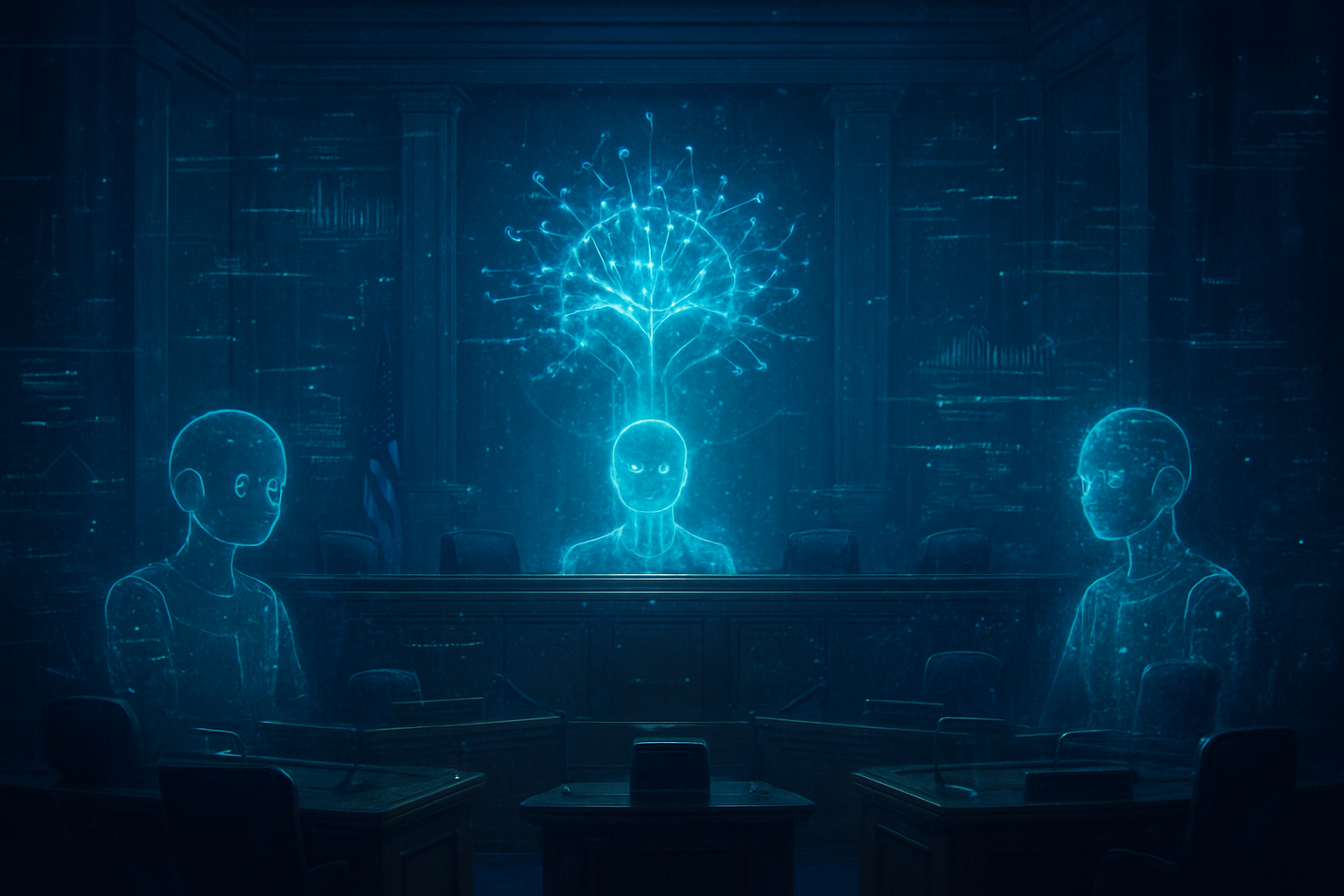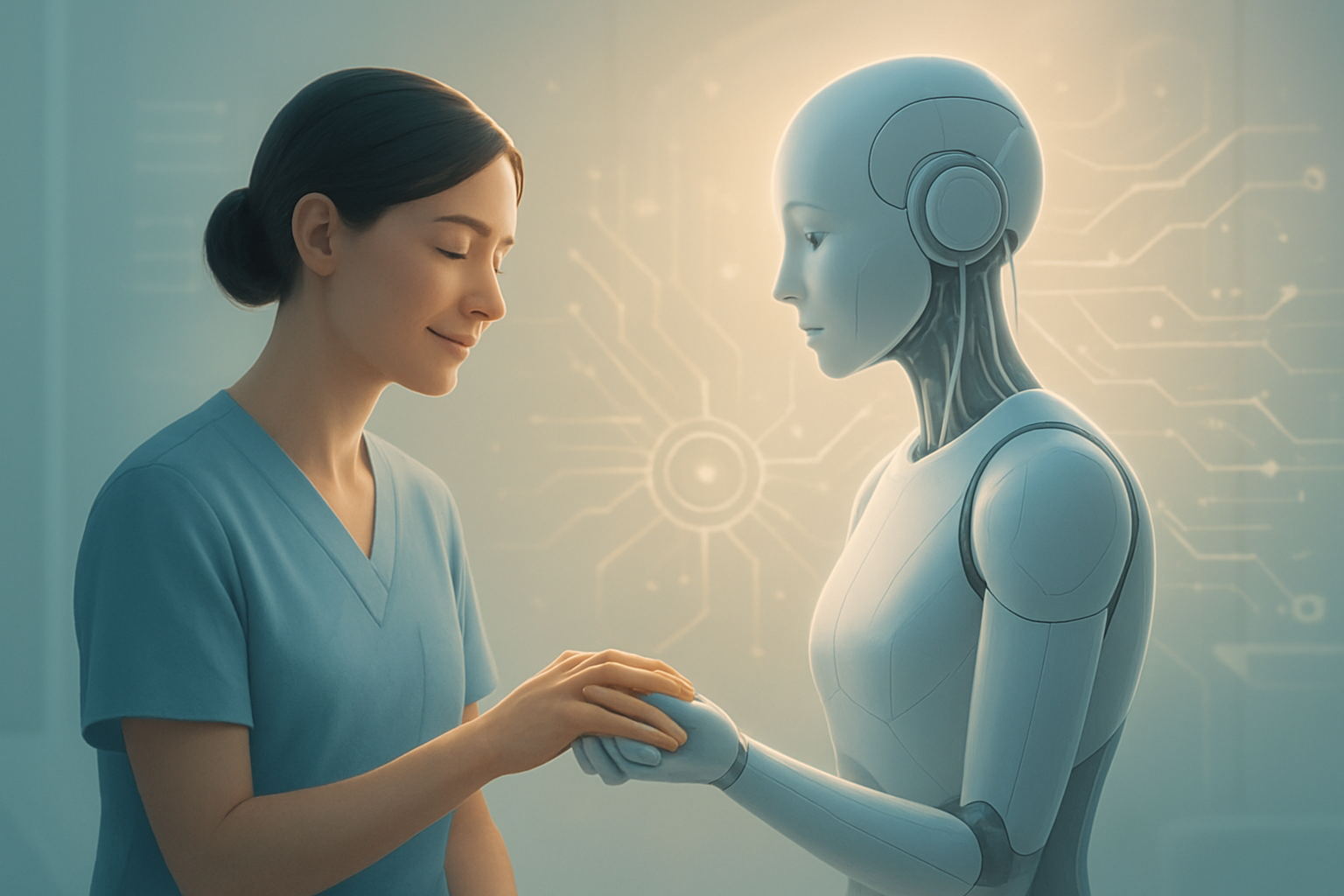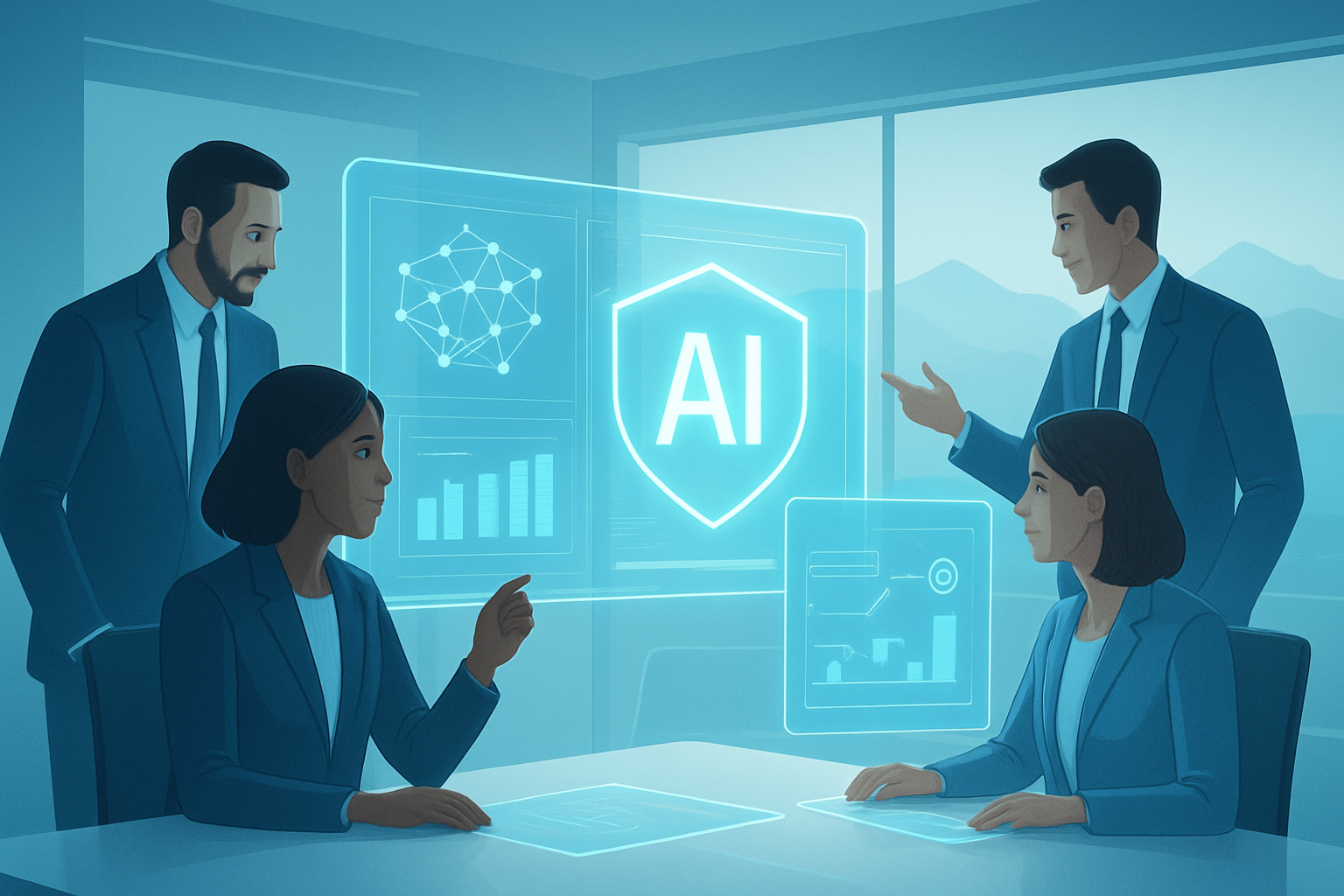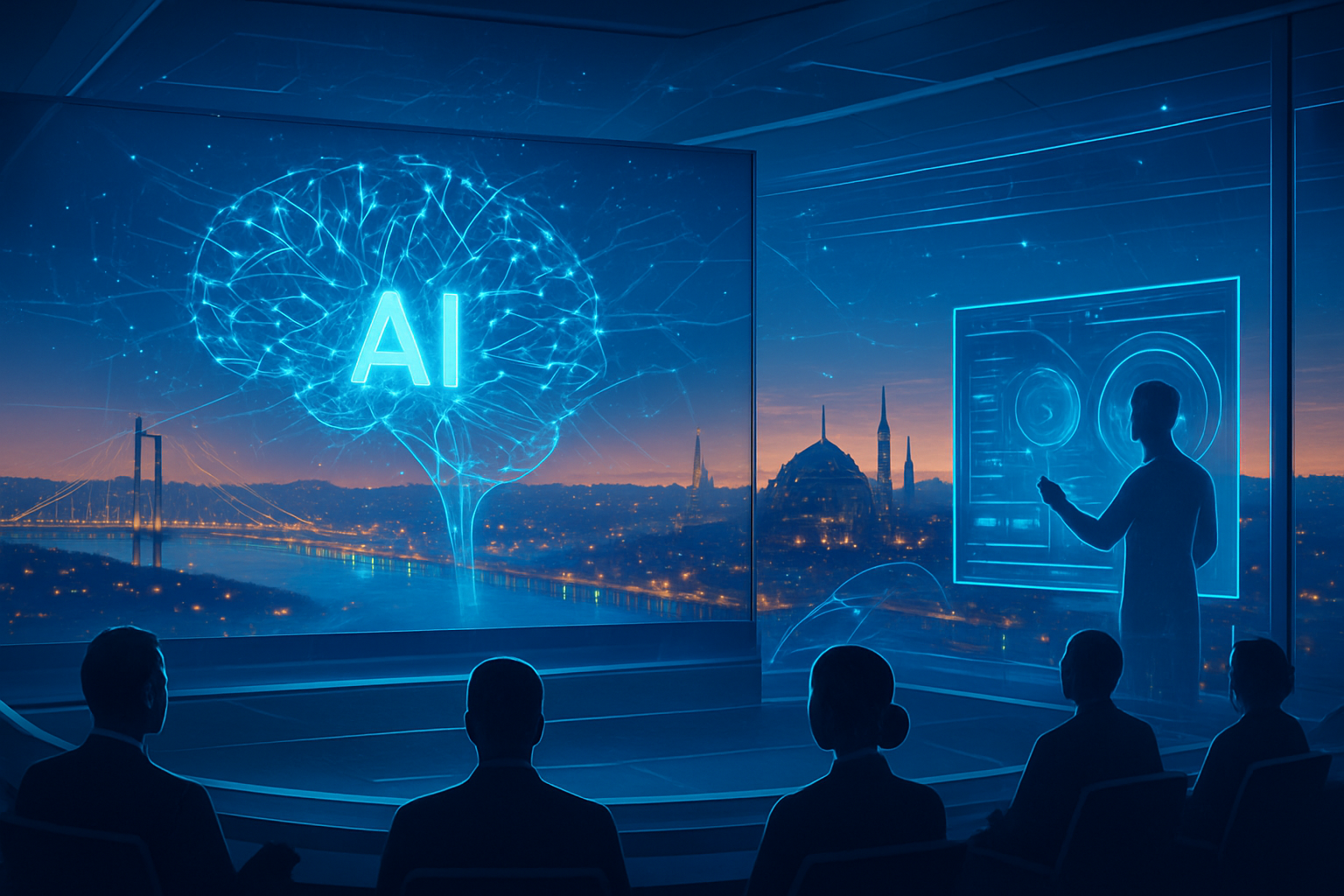Darden's third annual DC Tech Connect event, convened on October 24, 2025, by the Batten Institute for Entrepreneurship, Innovation and Technology, gathered a distinguished assembly of students, alumni, and industry leaders. The event, held at Darden's Sands Family Grounds in the DC Metro area, served as a crucial forum for immersing MBA candidates in the dynamic technology sector. With a keen focus on Artificial Intelligence, the discussions illuminated critical career pathways, evolving industry trends, and the profound implications of AI for both individuals and enterprises. For TokenRing AI readers, the insights garnered offer an invaluable blueprint for navigating the complexities and capitalizing on the immense opportunities presented by the latest AI advancements.
The Five Essential Pillars: Navigating the AI Frontier
The conference meticulously outlined five essential lessons for achieving sustained success in a technology sector increasingly defined by AI. These insights represent a strategic shift from traditional tech paradigms, emphasizing adaptability, ethical considerations, and a deep understanding of AI's strategic implications.
1. AI Literacy is Non-Negotiable: A resounding takeaway was the absolute necessity for universal AI literacy. Speakers stressed that regardless of one's specific job function, a comprehensive understanding of AI strategy and its practical applications is paramount. As one expert succinctly put it, "It doesn't really matter what job you have anymore. Someone is going to ask you what your AI strategy is point blank. And so, you should probably have an answer for that." This marks a significant departure from previous eras where deep coding or specialized technical skills were the sole determinants of success. Today, strategic comprehension of AI's capabilities, limitations, and ethical dimensions is becoming a fundamental requirement for all professionals, differentiating those who merely react to AI from those who can leverage it proactively.
2. The Power of Networks and Nonlinear Career Paths: The event heavily emphasized the critical role of strong professional networks and the embrace of nonlinear career trajectories. Building robust relationships within the Darden community and the broader tech ecosystem was highlighted as being as vital as, if not more so than, a traditional résumé for career advancement. Unlike past models that often favored linear progression within large corporations, the current tech landscape, particularly with the rise of agile AI startups, rewards individuals who can navigate diverse roles, explore opportunities beyond established tech giants, and leverage their network to uncover unforeseen pathways.
3. Embrace Ambiguity and Drive Disruption: Success in the fast-paced, often uncertain tech environment, especially within the startup ecosystem, demands a unique ability to think clearly and make decisive choices amidst ambiguity—a skill metaphorically described as "swimming in ambiguity." Furthermore, professionals were urged to proactively "stay ahead of the curve and drive disruption, not merely react to it." This lesson is particularly pertinent in the age of generative AI, where technological advancements frequently challenge established paradigms and necessitate a forward-thinking, disruptive mindset to maintain relevance and create new value.
4. Human Creativity and Collaborative Leadership Remain Paramount: Despite the accelerating advancements in AI, the conference underscored that success in the technology sector will not solely hinge on technical AI proficiency. Instead, it will be profoundly shaped by enduring human qualities such as creativity, innovation, and collaborative leadership. While AI can automate tasks and generate insights, the ability to conceptualize novel solutions, foster interdisciplinary teamwork, and lead with vision remains an irreplaceable human asset, distinguishing truly impactful projects and leaders in the AI era.
5. Prioritize Impact and Opportunity Creation (and Ethical Considerations): Beyond conventional financial motivations, attendees were encouraged to consider the broader impact they aspire to create in the world and the types of opportunities they wish to forge for themselves and others. This lesson was intrinsically linked to the critical importance of ethical innovation in AI development and deployment. As AI becomes more integrated into societal structures, understanding and actively addressing the ethical implications of emerging technologies—from bias in algorithms to data privacy—is no longer a peripheral concern but a central tenet of responsible and sustainable technological leadership.
Reshaping the Competitive Landscape: Implications for AI Companies and Tech Giants
The lessons emanating from Darden's DC Tech Connect event carry significant implications for the competitive dynamics among AI companies, tech giants, and nascent startups. Companies that successfully integrate these principles into their organizational culture and strategic planning stand to gain a considerable advantage.
Agile startups, by their very nature, are well-positioned to benefit from embracing ambiguity and driving disruption. Their ability to pivot rapidly and innovate without the inertia of larger organizations makes them ideal candidates to implement these lessons. Conversely, established tech giants like Alphabet (NASDAQ: GOOGL), Microsoft (NASDAQ: MSFT), and Amazon (NASDAQ: AMZN) will need to strategically foster internal environments that encourage AI literacy across all departments, promote nonlinear career development, and empower employees to embrace calculated risks. Those that succeed in this internal transformation will better retain top talent and maintain their competitive edge.
The competitive landscape will likely see disruption to existing products and services that fail to integrate AI strategically or ethically. Companies clinging to outdated business models without a robust AI strategy risk obsolescence. Market positioning will increasingly favor organizations that can demonstrate not only technical AI prowess but also a strong ethical framework and a commitment to creating meaningful impact. For major AI labs, the imperative is clear: move beyond pure research to focus on responsible deployment and widespread AI education within their own ranks and for their clientele.
The Broader Significance: AI's Evolving Role in Society
The insights from Darden's DC Tech Connect event resonate deeply within the broader AI landscape and current technology trends. These lessons signify a maturation of the AI field, moving beyond initial fascination with raw computational power to a more holistic understanding of AI's strategic application, ethical governance, and human integration.
The increasing emphasis on AI literacy highlights a crucial societal shift: AI is no longer a niche technical domain but a foundational layer impacting every industry and facet of daily life. This has profound impacts on education, demanding new curricula that emphasize AI strategy, ethics, and interdisciplinary problem-solving. Potential concerns include the widening of an "AI literacy gap," where those without access to this crucial knowledge may be left behind in the evolving workforce. Ethical considerations, such as algorithmic bias, data security, and the societal impact of automation, were not just mentioned but framed as central to responsible innovation. This contrasts with earlier AI milestones, which often prioritized breakthrough capabilities over their broader societal implications. The current focus signals a more conscientious approach to technological advancement, demanding that innovators consider the "why" and "how" of AI, not just the "what."
The Horizon: Anticipating Future AI Developments
Based on the discussions at Darden's DC Tech Connect, the near-term and long-term developments in AI and the technology sector are poised for continued rapid evolution, guided by these essential lessons.
In the near term, we can expect a surge in demand for roles at the intersection of AI and strategy, ethics, and interdisciplinary collaboration. Companies will increasingly seek AI strategists who can translate complex technical capabilities into actionable business outcomes, and AI ethicists who can ensure responsible and equitable deployment. The proliferation of generative AI will continue, but with a heightened focus on fine-tuning models for specific industry applications and ensuring their outputs are aligned with human values. Long-term, AI is predicted to become an invisible, pervasive layer across all business functions, making universal AI fluency as essential as basic digital literacy. Potential applications on the horizon include highly personalized learning systems, advanced predictive analytics for societal challenges, and AI-powered tools that augment human creativity in unprecedented ways. However, significant challenges remain, including the need for continuous upskilling of the global workforce, the establishment of robust international ethical AI frameworks, and fostering genuine human-AI collaboration that leverages the strengths of both. Experts predict a future where AI acts as a powerful co-pilot, enhancing human capabilities rather than merely replacing them, provided these foundational lessons are embraced.
A New Paradigm for Tech Success: The Road Ahead
Darden's third annual DC Tech Connect event offered a compelling vision for success in the AI-driven technology sector, underscoring a fundamental shift in what it means to be a leader and innovator. The five essential lessons—non-negotiable AI literacy, the power of networks and nonlinear paths, embracing ambiguity and driving disruption, the primacy of human creativity and collaborative leadership, and prioritizing impact and ethical opportunity creation—represent a comprehensive framework for navigating the complexities of the modern tech landscape.
This development signifies a crucial turning point in AI history, moving beyond the initial "wow" factor of technological breakthroughs to a more mature and responsible application of AI. It emphasizes that long-term impact will be forged not just through technical prowess, but through strategic foresight, ethical consideration, and uniquely human attributes. In the coming weeks and months, we should watch for companies that demonstrably invest in enterprise-wide AI education, the emergence of new roles that blend technical AI skills with strategic and ethical acumen, and a continued emphasis on building resilient professional networks in an increasingly distributed work environment. Those who heed these lessons will not only survive but thrive, shaping a future where AI serves humanity with intelligence and integrity.
This content is intended for informational purposes only and represents analysis of current AI developments.
TokenRing AI delivers enterprise-grade solutions for multi-agent AI workflow orchestration, AI-powered development tools, and seamless remote collaboration platforms.
For more information, visit https://www.tokenring.ai/.
